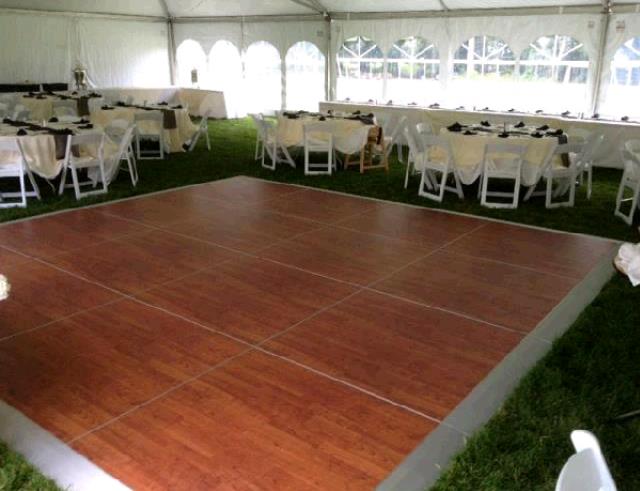Dance floors have developed considerably over the years, becoming increasingly than just a place to move to music. Currently, they are converted into stunning visual experiences through the use of various substances and techniques. These substances not only enhance the aesthetic attractiveness of the space but also improve the complete encounter for dancers and spectators alike. Understanding the flexible substances that add to these dynamic settings can offer understanding into the art of dance floor design.
One of the primary frequent materials used in contemporary dance floors is light-emitting diode illumination. LED lights are energy-efficient and can generate a wide range of colors and impacts. They can be integrated in the floor itself or used as part of a lighting system above the dance floor. This innovation allows for coordinated light displays that can alter in response to the music, creating an immersive encounter. The capability to configure these lamps means that they can be tailored to fit different themes or moods, making each event unique.

Another crucial substance is reflective surfaces, such as reflectors or polished tiles. These materials can create an deception of space and dimension, making the dance floor seem larger than it is. When performers dance, their reflections can add an extra layer of aesthetic appeal, enhancing the complete performance. Additionally, mirror-like surfaces can interact with lighting impacts, amplifying the hues and patterns displayed on the floor. This fusion of illumination and reflection can captivate spectators and elevate the energy of the occasion.
In furthermore to lighting and reflective substances, the use of electronic screens has become increasingly common in dance floor creation. These screens can display vibrant images, graphics, or even live feeds of the performance. By incorporating electronic technology, event planners can create a multi-sensory encounter that involves both the dancers and the audience. The capability to alter visuals in real-time allows for a fluid environment that can adapt to the rhythm and energy of the melodies, making each instance feel new and thrilling.
Additionally, the choice of flooring substance itself plays a key role in the overall experience. Traditional wooden dance floors are still preferred for their strength and functional qualities. However, newer materials like vinyl and elastic are becoming popularity due to their versatility and simplicity of care. These substances can provide better shock absorption, minimizing the chance of harm for dancers. Additionally, they can be crafted with various patterns and hues, allowing for artistic expression in the dance floor's appearance.
In conclusion, the transformation of dance floors into stunning aesthetic experiences relies on a combination of innovative materials and techniques. Light-emitting diode lighting, reflective materials, electronic screens, and specialized flooring substances all add to creating an engaging environment for performers and spectators. As technology continues to progress, the opportunities for enhancing dance floor design will only expand, making future occasions even more enthralling and memorable. Understanding these substances helps appreciate the artistry involved in creating environments where dance and melodies come Learn More Here together in unison.
Comments on “Exploring the Diverse Substances That Convert Dance Floors into Stunning Aesthetic Displays”